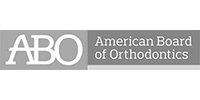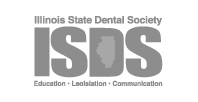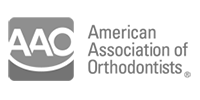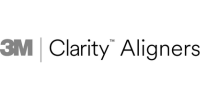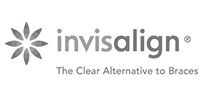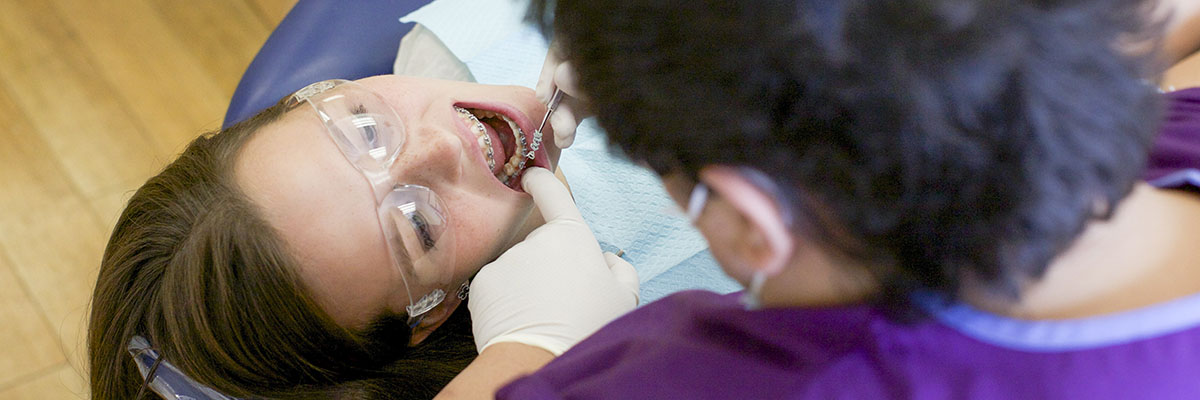
Common Conditions

Overbite
Overbites, often referred to as buck teeth, is the condition in which upper front teeth lie too far forward, moving them out and over the lower teeth. Overbite is an extremely common condition and is easy to correct.

Underbite
Underbites occur when the lower teeth extend beyond their normal range or when the upper teeth are too far back.

Crossbite
A crossbite occurs when the upper teeth do not bite down slightly in front or outside of the lower teeth as should occur in a normal jawline.

Open Bite
In an open bite, the front teeth on both the lower and upper jaw are forced outwards so that they do not touch, even when the other teeth are touching.

Misplaced Midline
Misplaced midline is an alignment problem. It occurs when the center of the upper teeth do not line up with center of the lower teeth.

Spacing
Spacing issues can be caused by missing teeth or teeth that are too small to fill up the space in the dental arch.

Crowding
Crowding teeth results from a small dental ridge. It can also be caused by small jawbones, which can make the teeth crowd and overlap.

Overjet
Overjet, often referred to as “buck teeth”, is the condition in which upper front teeth lie too far forward, moving them out and over the lower teeth. Overjet is an extremely common condition and is one of the most frequently corrected orthodontic problems.

Deep Bite
In a deep bite, the upper front teeth completely overlap the lower front teeth. The lower front teeth often rise higher than the back teeth, damaging the upper palate tissue. It can be caused by a large top jaw, small lower jaw, missing lower teeth, or tight oral muscular patterns, and may lead to front teeth wear and gum damage.

